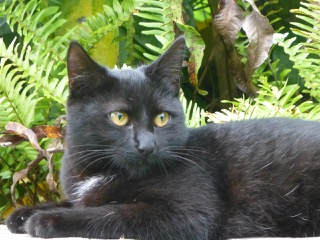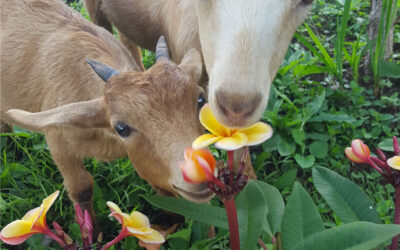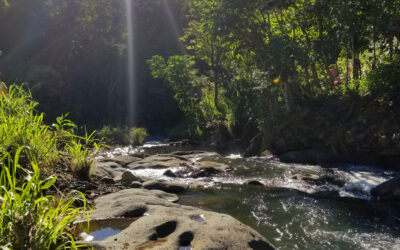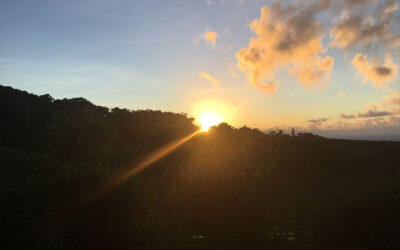MEDICINE WHEEL ZENDO
Welcome to the Medicine Wheel Zendo. I bow to you in gassho. My name is Kakudo and I am the abbot by default in this one-monk monastery I call my life. Our little circular “four zafu zendo” where we maintain a daily sitting schedule is housed on Bamboo Mountain up on a ridge beneath towering ironwood trees.
It is from this humble perch that the morning bell sends out its call to gild the leading edge of each new day with the purity of its un-storied song. May all beings awaken.
Medicine Wheel Zendo hosts what would be considered a rather freestyle non-traditional practice of Zen Buddhism by most metrics, retaining the basic traditional forms without the traditional structure.
Our main practice is zazen and kinhin. Sitting and walking, mindfully. Deceptively simple, rarely easy. It is a matter of training the mind to see things as they are. To stand in the cruel radiance of what is without being drawn away by the narcotic shimmer of what is not. Settling the mind is a very effective form of purification, followed by a profound sense of renewal. “Form is Emptiness, Emptiness Form”
As Zen practitioners, we are guided in our lives by certain “observances”, called the Precepts, which help us to walk our talk, so to speak. Maybe “walk our sit” would be more accurate.
Our lineage is primarily Soto Zen as established in this country by Maezumi Roshi who was my root teacher. Of course, Bamboo Mountain Sanctuary was at one time the home to Aitken Roshi’s Diamond Sangha and as such hosted a number of venerable Japanese Zen teachers. And years before that, the mysterious Meguro-San served as keeper of the temple. There is a very spirited sangha here on the subtle planes. The ancestral guardians are vigilant.
Medicine Wheel Zendo is an affiliate of the Zen Peacemaker Order and is aligned with its vision to realize our oneness and relieve suffering through contemplative social action.
The Three Tenets of the Peacemakers are: not knowing, bearing witness and taking action arising from not knowing and bearing witness
As Zen Buddhists, we also take refuge in the classic Three Treasures: the Buddha, the Dharma and the Sangha
As a practical matter, our “resident roshi” is ka honua ola (“the living earth”) and from her patient example we practice what I call her Three Teachings:
To sit like a mountain
To bend like the bamboo
To flow like the stream
WINTER SOLSTICE 2024
Wow, here we are another year down the road! The wood (ironwood, Japanese cedar, eucalyptus, kiawe) for this year’s Winter Solstice fire has been split and stacked and smudged. The patient tunka sit quietly in their stoic prayer robes. We will be sparking grandfather...
REMEMBERING BUSHI
She was probably less than a month old and weighed not even a pound when she first “appeared” in my life. A passerby had heard her mewing desperately from the crawl space beneath the local shelter for battered and abused women, “Women Helping Women”. She was all...
ON FAMILIARS
Having been raised by strict Catholics, I was exposed to a plethora of fantastical stories. Upon first hearing them, I believed each one of them wholeheartedly albeit somewhat wide-eyed. Some, like the existence of guardian angels, made a lot of sense to me. Others,...
HANA HOU
Each time you allow the universe to expand through you, it is a living prayer. My Dakota hunka showed me by her example that the truest prayer is how you live this one precious life that has been entrusted to you. Do you selfishly squander it or do you “walk in...
WALK IN BEAUTY
I have lived for so long in the midst of so much stunning natural beauty that it has, astonishingly, come inside me and taken up residence. It had entered me without me fully knowing it. But I see now how it defines my inner landscape with its gentle contours,...
The Elementals
ʻO nā kumumea ʻehā o ke ao nei, ʻo ia nō ka honua, ka wai, ke ea, a me ke ahi. The elements of Nature are fourfold: Air (ke ea), Water (ka wai), Earth (ka honua) and Fire (ke ahi). The synergistic interplay of these four elements empowers the world to support life in...
Bearings
The Hawaiian Islands are the most geographically remote inhabited islands on earth, 2500 miles in any direction from the nearest populated landmass. The island of Maui is divided into 12 districts called moku. Two of the districts on the windward North Shore are named...
Backstory
E uhi ana ka wa i hala i na mea i hala ("Passing time obscures the past") When it comes to the history of a particular piece of land, particularly hallowed ground, there is no better “visitor log” than the names and stories that are inscribed in the earth herself. Its...
Consciousness and Destiny
By Raphael O'suna It has been said that human destiny depends upon the scope of a person's or a people's consciousness. That consciousness may be thought of as a vessel, capable of containing human potential. But over the past 2000 years, societies generally have not...
On Death and Dying
By Raphael O'suna There have always been people who remind us that the state of one's consciousness at the time of death may be as important as one's belief in an afterlife. In fact, Eastern Teachings indicate that where one goes, and to what circumstances one may...






